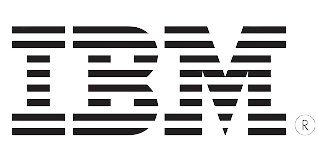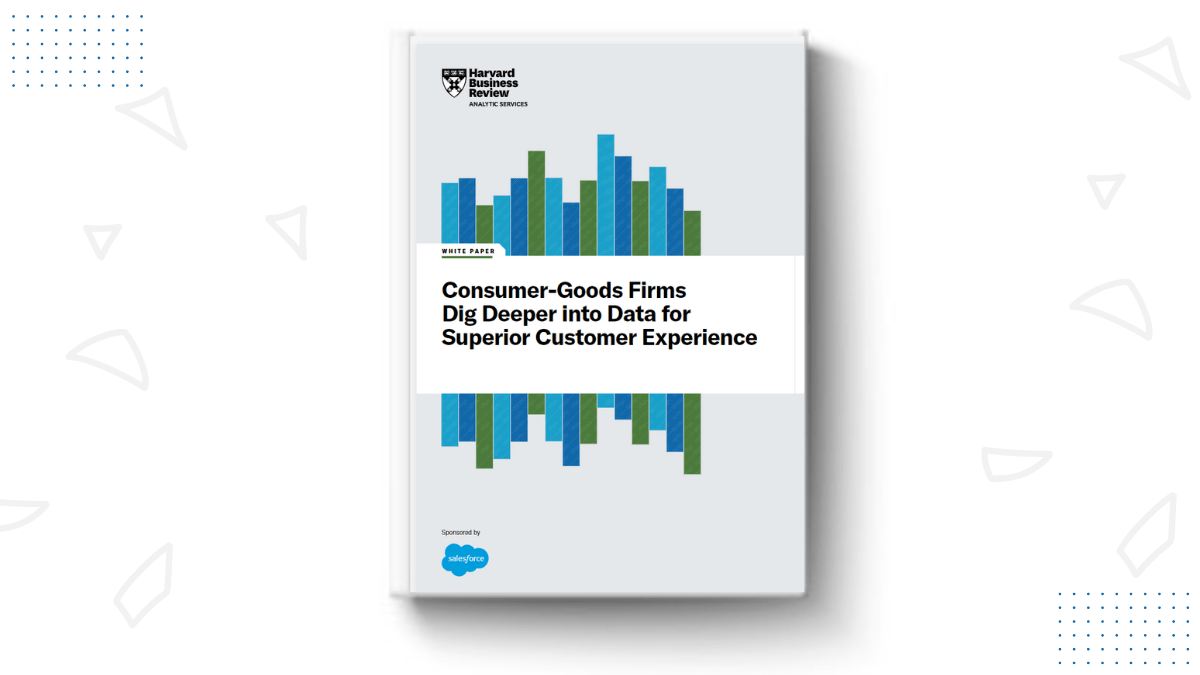
While most organizations are clear about the outcomes they expect from generative
AI, what’s not so well understood is the way to go about realizing these outcomes. Different
outcomes require different approaches—in terms of the data sets you prepare and the AI
models you employ.
Choosing the wrong model can severely impact all aspects of business—from finance, strategy and legal to even your workforce. Risks can range from biases originating from the training data or algorithms of a specific model, to a faulty outcome from an upstream model that could snowball into a major issue, potentially leading to lawsuits and reputational damage.
An evaluation framework will help you consider the diverse needs and skill sets of all kinds of AI decision makers and users in your organization. The end users of AI models could range from data scientists and machine learning engineers to business analysts, legal and compliance teams, and decision-makers. It’s important to take all of their specific requirements into account so you can identify the right model for each use case and successfully implement AI to drive ROI.
This article is posted at ibm.com

Please fill out the form to access the content








